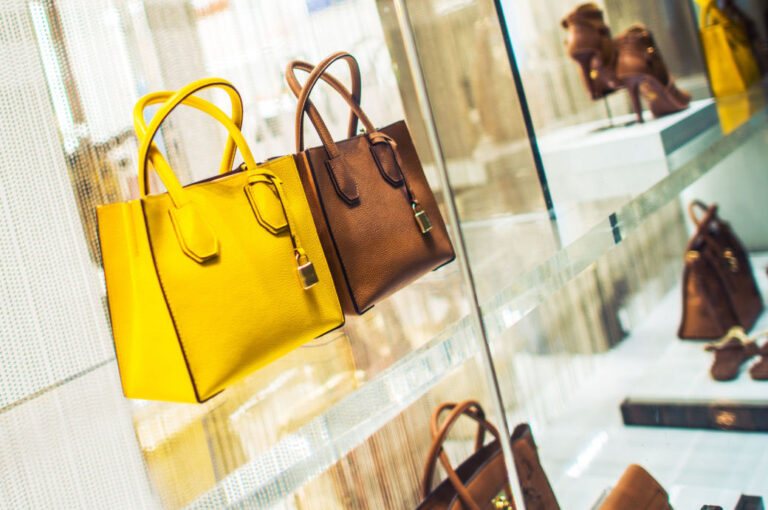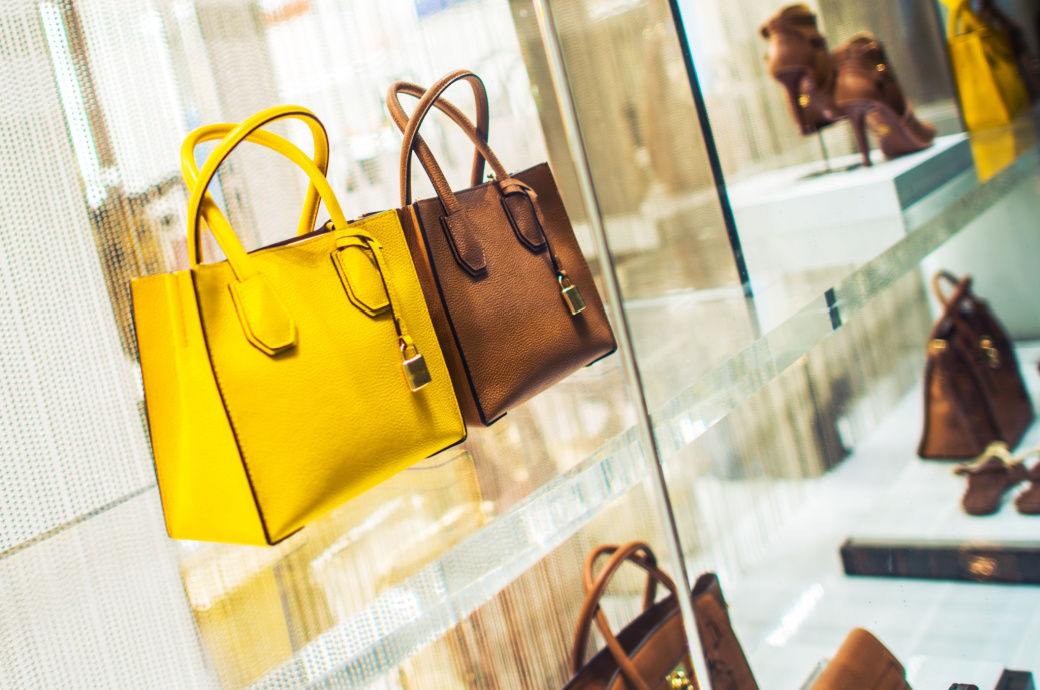
[ad_1]

US sales are projected to hit €113 billion this year, while Europe is the globe’s second-largest market at €94 billion euros in sales.
Younger, more diverse consumers are buying into tiny handbag and post-streetwear trends, the study found.
A study by US consultancy firm Bain & Company commissioned by Italy’s Altagamma association of high-end producers has found that luxury spending is growing faster than ever due to pent-up pandemic demand and shifting demographics. Global sales of personal luxury goods are expected to grow by 22 per cent this year to €353 billion from €290 billion in 2021.
“Consumption is back at pre-crisis levels, but it is also a rebirth, since there is a new consumer base that is younger, and some pockets of consumers that have been unlocked during COVID are here to stay and growing, like subcultures and ethnic groups in the U.S.,” said Bain partner Claudia D’Arpizio, a co-author of the study.
The sector will expand to between €550 billion and €570 billion in the next five years, Bain predicts.
The sector is not recession-proof but is more resilient than it was in the 2008-2009 financial crisis, when luxury sales tanked, D’Arpizio cautioned.
Factors behind the rising resilience of the luxury industry include an enlarged customer base, stronger relationships between brands and consumers.
Mature markets in the United States and Europe are the strongest performers, each growing by about a quarter.
The Russian market, which represented 2 per cent of sales before the Ukraine conflict, disappeared after the invasion of Ukraine and led to Western sanctions, but the development has had ‘almost zero impact, Bain said.
Chinese consumers are strong drivers despite the impact of ongoing COVID-19 lockdowns, but their overall weight has been reduced by the emergence of strong new markets, including South Korea and Mexico, D’Arpizio noted.
While Bain previously predicted that Chinese shoppers would represent half of all luxury consumers by the middle of this decade, the new study puts them at around 40 per cent by 2030.
The average age of luxury shoppers is dropping as well. Half of all purchases by people in their mid-20s to early 40s, while up-and-coming Gen Z, now in their teens to mid-20s, account for nearly a fifth of luxury sales.
Fibre2Fashion News Desk (DS)
[ad_2]
Source link